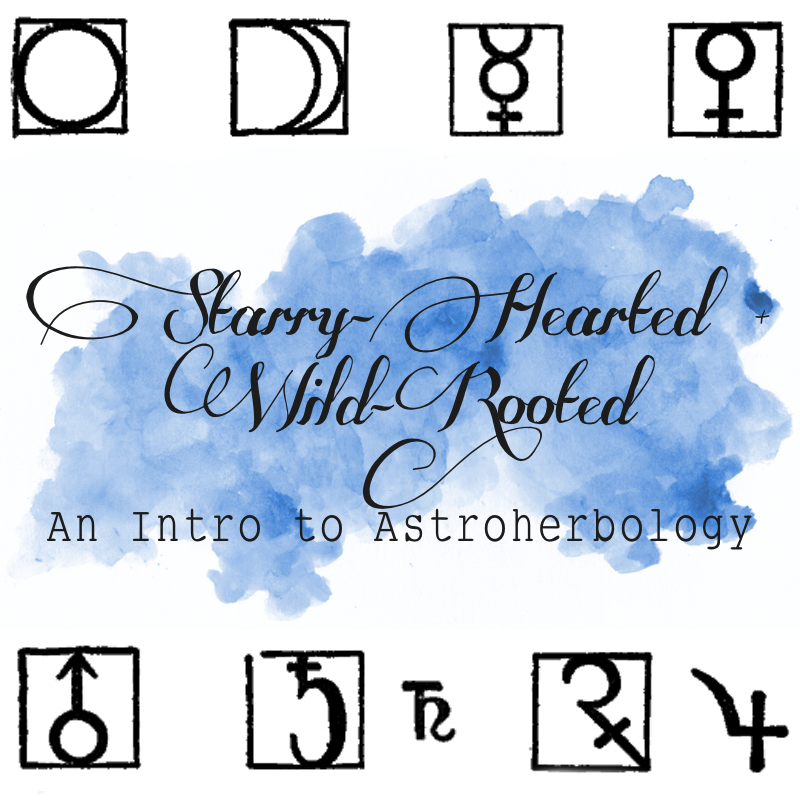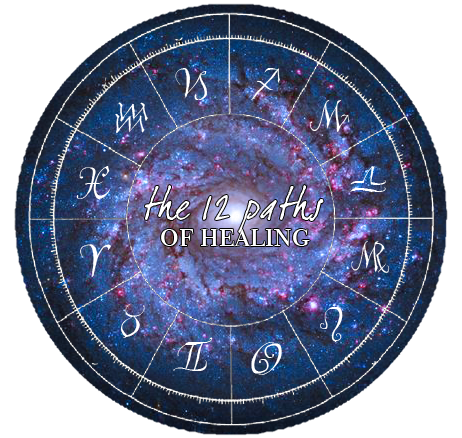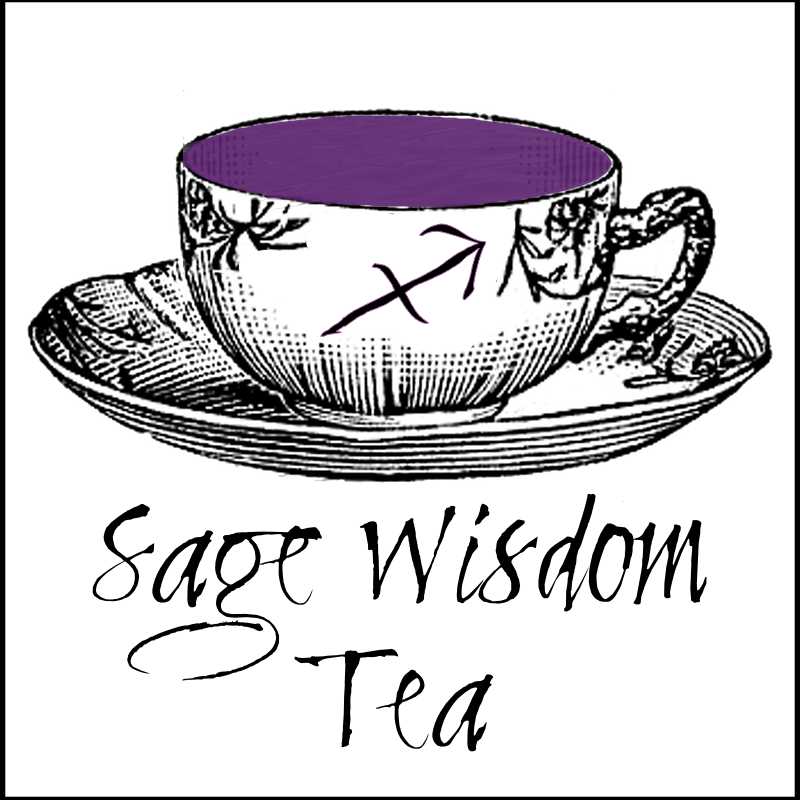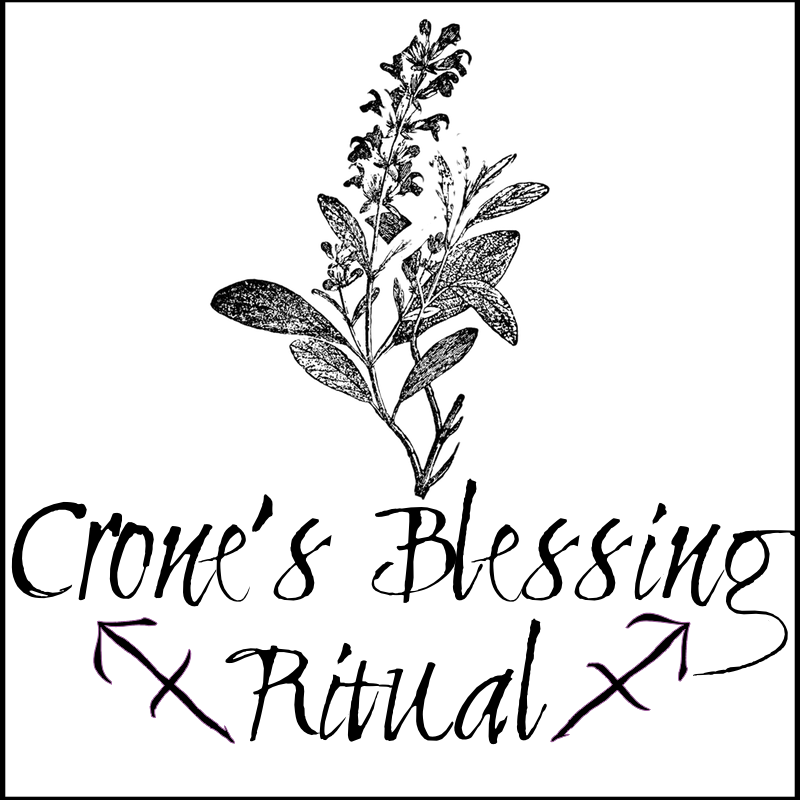The Longest Day : Herbs of Midsummer
The day grows long and when the Sun enters the sign of Cancer the Crab, the festival of Midsummer or the Summer Solstice has arrived. The Summer Solstice is a dance of fire and water where we bathe in dew for beauty and burn bonfires for protection. The following herbs are some of my Midsummer favorites for both their magickal and medicinal qualities.
St. Joan's Wort (Hypericum perforatum) ☉
An herb of the Sun, St. Joan's Wort is a wonderful herb to incorporate into your Midsummer festivities. Traditionally, the flowers of St. Joan's Wort (also known as St. John's Wort) are collected on Midsummer day to be made into remedies. It is said to be best to harvest the flowers while naked. The Summer Solstice is a prime day for love magick and charms including the use of St. Joan's Wort in charms and spells. Since the herb is very protective, use it in charms to protect against heartbreak and to develop a courageous heart.
A brave nerve restorative, St. Joan’s Wort steadies the spirit and calms a nerve-wracked system, making it very useful for conditions such as neuralgia, anxiety, and tension. St. Joan's Wort combines well with other nervines such as Skullcap (Scutellaria lateriflora) and Mullein (Verbascum thapsus) for nerve pain and relief of tension.
Lavender (Lavandula officinalis) ☿
The cooling blue flowers of Lavender are a welcome relief to the Summer Solstice's heat. The flowers are a traditional Midsummer strewing herb, bringing peace and serenity to the home when cast into the bonfire. An herb of Mercury, Lavender brings peace and compassion, calming without creating drowsiness but instead cultivating focus. A prime cooling remedy, Lavender works well to soothe the nervous system when experiencing agitation, nervousness, and insomnia and especially when overheated conditions such as anger and irritability are present. Lavender is a great herb for colic-y and cranky kids (and adults, too!). Add some tea to their bath water or better yet, give them Lavender hydrosol sprays to play with during their evening bath (I’ve done this combined with flower essences to excellent sleepy-time results).
Mugwort (Artemisia spp.) ☾
While Midsummer is certainly a celebration of the brightest day of the year and the warmth it brings, it has a lunar leaning, too. The holy day is marked by the Sun entering the sign of Cancer whose Guardian Planet is the Moon. So it is that Mugwort, known as the oldest of herbs in indigenous Northern European traditions and a Moon herb, finds its way into the Midsummer magick. The Summer Solstice is a time of divination and Mugwort opens the psychic pathways. Drink a brew of your local Mugwort tea to awaken your vision. When night is shortest and hours usually hidden are revealed to us, Mugwort's magick works in revealing veiled mysteries. Cast Mugwort into Midsummer fires for energetic cleansing and healing. Mugwort has an affinity to womyn beyond the confines of gender. Mugwort is womyn as culture and has a special affinity for queer women and gender rebels of all sorts.
The herb has long been used as moxabustion in which the dried leaf is burned either close by or directly on acupuncture points to move energy and relieve pain. Place a few leaves beneath your pillow for prophetic dreams and burn in your bedroom to transform it into a dream incubation space.
Mullein (Verbascum thapsus) ♄
The mighty Mullein is also known as Hag's Tapers as the thick stalks were dipped in fat or wax and burned as a primitive candle for late night witcheries. The bright yellow flowers glow with the power of the sun and the soft leaves are an excellent remedy for many a skin and musculoskeletal complaint (hence its Saturnian guardianship). Burn Mullein in your Midsummer bonfire for protection and gather the ashes to use in protection and healing charms throughout the year.
Like many other Midsummer herbs, Mullein has a relationship to Midwinter as a primary remedy for clearing phlegm from the system. As a remedy, Mullein opens and clears the lungs. It combines well with Elder (Sambucus nigra) and Peppermint (Mentha piperita) for a lung-opening, immunomodulating blend. Topically, the mucilaginous Mullein is excellent for dry skin conditions but also as a healing compress or salve for boils, bruises, inflammation, hemorrhoids, eczema, sciatica, and joint pain. Mullein and garlic ear oil is a trusted remedy for ear infections helping to relieve pain and infection.
Elder (Sambucus nigra) ♀♇
If you are brave (or foolish) enough to sit under an Elder Tree on an important night of the year (namely, Midsummer and Samhain), you just might see the Good Folk march by in all of their finery. The spirit of the Elder is a gatekeeper between the realms of life and death - she is fiercely protective and very no-nonsense. Astrologically, Elder is a plant of Venus and Pluto for its beautifying and harmonizing qualities, its sweet scent and taste, and it dark underworld berries. Midsummer is a time of celebrating not only spiritual but physical beauty. Find an flowering Elder tree on Midsummer morning and wash your face with the dew on the flowers to beautify your features within and without.
While the Flower is associated most with Midsummer - it's heady scent saturating the air is a sign that summer has arrived - the Berries are a Midwinter medicine. Read about Elder's medicinal qualities in my Tree of Medicine post.
Wherever your Midsummer festivities finds you, I wish you an abundance of magick and wonder that our longest day can so often bring.
Be sure to research about your local Midsummer blooms and learn about other traditional herbs of the Summer Solstice including Vervain (Verbena officinalis), Calendula (Calendula officinalis), Sunflower (Helianthus annuus), and Yarrow (Achillea millefolium). From an astroherbology perspective, Sun herbs are particularly potent at this time of year.
If you're looking for some divinatory inspiration, check out my Bonfire Offerings : Summer Solstice Tarot Spread. For my southern hemisphere darlings, check out my post on Winter Solstice Herbs. Enjoy!









































